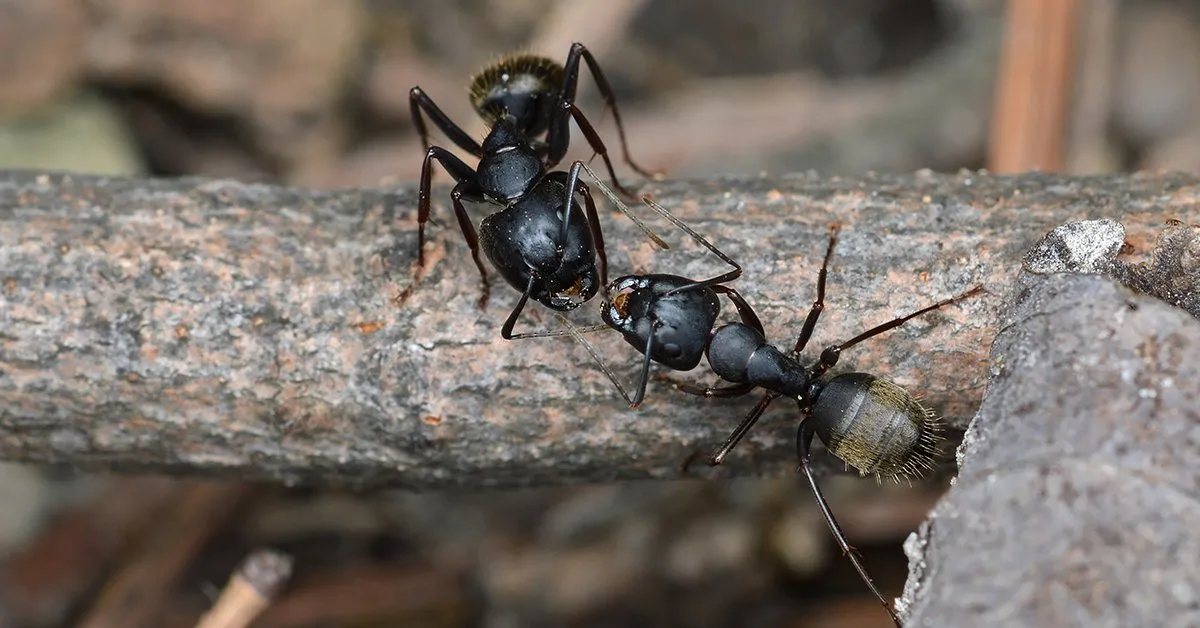The Deadly Ant: A Tarantula’s Nemesis
The world of arachnids and insects can be a brutal battleground, and for tarantulas, ants represent a significant, often underestimated threat. These small, seemingly insignificant creatures can pose a serious danger to these impressive spiders. Understanding the risks that ants present is crucial for any tarantula owner. Ants, driven by their relentless foraging behavior and complex social structures, can exploit weaknesses in a tarantula’s defenses, leading to stress, injury, and even death. This article delves into the top dangers ants pose to tarantulas, providing insights into the threats and how to safeguard your pet from these tiny but formidable adversaries. Ignoring these threats can lead to tragic consequences for your eight-legged friend, so knowledge and preventative measures are key to successful tarantula care.
Direct Attacks The Ant’s Offensive
One of the most immediate dangers ants present is their potential for direct attacks. While a single ant is unlikely to be a match for a healthy tarantula, a swarm of ants can overwhelm a spider. Ants are often attracted to food scraps or weak, vulnerable tarantulas. They can swarm the tarantula, biting and stinging it. The cumulative effect of these attacks can be devastating, especially for smaller or weaker tarantulas, newly molted individuals, or those already weakened by illness. Ants can inflict multiple bites, weakening the tarantula and making it more susceptible to secondary infections. The sheer number of ants in an attack makes this danger a significant threat, capable of causing serious harm or even death. The outcome of an ant attack greatly depends on the size and health of the tarantula and the species of ant involved, with some ant species being more aggressive and venomous than others.
Ant Bites and Venom What to Expect
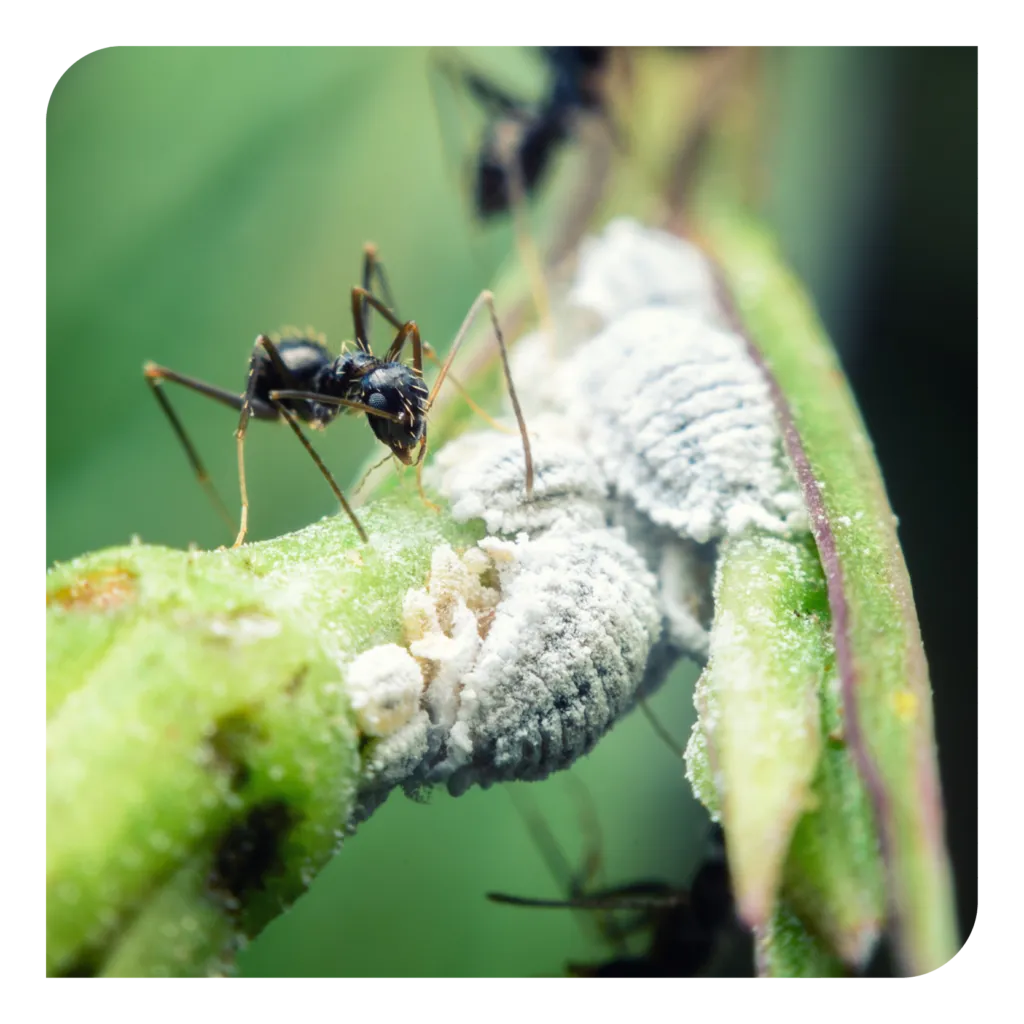
When ants attack a tarantula, they use their mandibles to bite and, in some cases, inject venom. While ant venom is generally not lethal to humans, it can cause pain, irritation, and allergic reactions. For a tarantula, the effects can be more severe. Ant bites can puncture the exoskeleton, leaving the tarantula vulnerable to infection and other health issues. The venom itself can cause localized tissue damage and pain, further stressing the spider. The severity of the reaction depends on the ant species, the amount of venom injected, and the tarantula’s overall health. A tarantula may display signs of distress, such as restlessness, loss of appetite, or lethargy, after an attack. Owners must monitor their tarantulas closely for any signs of bite marks or unusual behavior, as early detection is key to providing proper care and preventing complications.
The Impact of Ant Infestations
Ant infestations can have a devastating impact on tarantula habitats and the overall well-being of the spiders. Beyond the direct threat of attacks and bites, the presence of a large number of ants creates a stressful and unhealthy environment. Ants can disrupt the delicate balance of the tarantula’s enclosure, leading to a cascade of negative effects. Understanding the broader impact of infestations is crucial for effectively managing and protecting tarantulas from this persistent threat. The disruption caused by ants is not only physical but also psychological, as the constant presence of these pests can cause significant stress and anxiety for the tarantula. Managing the infestation swiftly is crucial to preventing long-term health issues and ensuring the tarantula’s comfort.
Competition for Resources
Ants and tarantulas often compete for the same resources within their environment. In a captive setting, this can include food, water, and even suitable shelter. When ants infest a tarantula enclosure, they can consume any uneaten food, potentially depriving the tarantula of a vital food source, especially during molting when the tarantula is less active and more vulnerable. This competition can lead to a variety of problems, ranging from malnutrition to increased stress. Successfully managing this competition requires diligent monitoring and effective preventative measures. Ensuring the tarantula has adequate resources and minimizing the ants’ access to those resources is essential for maintaining a healthy and thriving environment for your tarantula, minimizing the risks associated with resource competition.
Food Source Competition
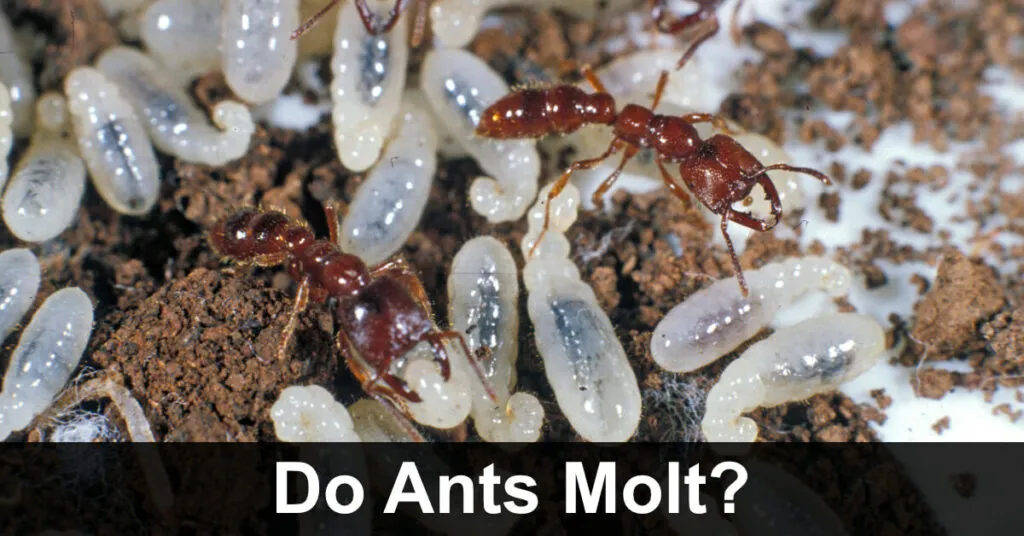
One of the primary ways ants compete with tarantulas is by consuming their food sources. Ants are omnivorous and will readily scavenge on uneaten insects, which are a staple of a tarantula’s diet. If ants are present in the enclosure, they can quickly swarm any leftover food, preventing the tarantula from consuming it. This competition is particularly problematic for juvenile tarantulas, which require consistent feeding for healthy growth, and molting tarantulas, which are vulnerable. The ants will eat the food before the tarantula, which can lead to nutritional deficiencies and hinder their development. This constant battle for resources can undermine the tarantula’s health and growth. Controlling the ant population, and the amount of food left in the enclosure is important.
Habitat Disruption
Ants can disrupt the tarantula’s habitat in several ways. They may build nests within the enclosure, disturbing the substrate and altering the environment. This disruption can be particularly stressful for tarantulas, which are sensitive to changes in their surroundings. Ants may also tunnel through the substrate, potentially interfering with the tarantula’s burrows or hiding places. The presence of ants can make the enclosure less safe and less comfortable for the tarantula. The constant activity and presence of ants can increase the tarantula’s stress levels, impacting its overall well-being. Maintaining a stable and undisturbed habitat is essential for a happy and healthy tarantula. Cleaning the enclosure frequently and eliminating ant nests when found is a great way to minimize the habitat disruptions caused by ants and other pests.
The Spread of Disease
Ants are notorious carriers of various pathogens, including bacteria and fungi, which can pose a serious threat to tarantulas. They can pick up these harmful microorganisms from contaminated environments and transport them into the tarantula’s enclosure. The introduction of these pathogens can lead to infections and diseases, which can be particularly dangerous for tarantulas, especially those with compromised immune systems. The humid environment typically maintained in tarantula enclosures provides an ideal breeding ground for these pathogens. Understanding the risks associated with disease transmission is critical to protecting your tarantula’s health. Preventing the spread of disease is one of the most important aspects of tarantula care, requiring diligent cleaning and the implementation of preventative measures to minimize the risks posed by ants and other pests.
Ants as Carriers

Ants can act as vectors for various pathogens. They are constantly moving around, foraging for food, and exploring different areas. In doing so, they can pick up bacteria, fungi, and other disease-causing organisms from contaminated surfaces. These pathogens can then be carried into the tarantula’s enclosure, where they can contaminate the substrate, food, and even the tarantula itself. Once inside the enclosure, these pathogens can multiply, leading to infections. The risk is especially high if the ants have access to other sources of contamination outside of the enclosure, such as rotting food or waste. Reducing the risk by removing sources of contamination and thoroughly cleaning the enclosure is crucial to preventing the spread of diseases carried by ants.
Fungal and Bacterial Threats
Fungal and bacterial infections are among the most significant threats posed by ants to tarantulas. Ants can introduce these pathogens into the enclosure, where they can colonize the substrate, food, and even the tarantula itself. Fungal infections, such as those caused by various species of mold, can attack the tarantula’s exoskeleton or respiratory system. Bacterial infections can cause a variety of illnesses, including sepsis, which can be fatal. These infections are especially dangerous for tarantulas with weakened immune systems, such as those undergoing molting or suffering from other health problems. The damp and humid environment typically found in tarantula enclosures creates an ideal breeding ground for these pathogens. Regular cleaning of the enclosure is essential to prevent the growth of these harmful microorganisms and to protect your tarantula’s health.
Stress and Psychological Effects
The constant presence of ants can have a significant impact on the tarantula’s psychological well-being. Tarantulas are solitary creatures that prefer a calm and stable environment. The constant presence of ants can disrupt this, leading to stress and anxiety. These psychological effects can manifest in various ways, impacting the tarantula’s overall health and behavior. Long-term stress can weaken the immune system, making the tarantula more susceptible to diseases and infections. Addressing the psychological effects of ant infestations is critical for maintaining the health and happiness of your pet. Creating a stress-free environment is important for the tarantula’s well-being and longevity.
Constant Harassment and Anxiety
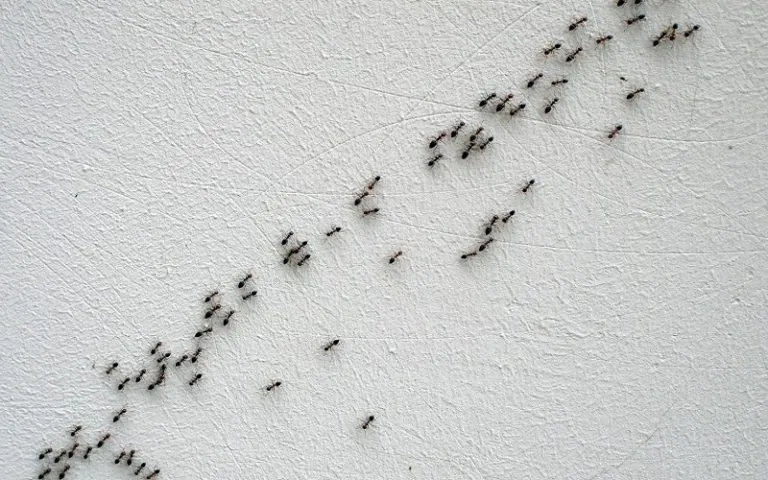
The constant presence of ants can be a source of perpetual harassment for tarantulas. Ants are always exploring, searching for food, and potentially attacking. This constant activity can create a stressful environment, leading to anxiety. The tarantula may become defensive, hiding more often, or displaying other abnormal behaviors. This chronic stress can negatively affect its immune system and increase its vulnerability to other health problems. The more ants that infest the enclosure, the greater the level of anxiety the tarantula will experience. Removing the ants quickly and implementing preventative measures will minimize stress, protecting the tarantula’s mental and physical health. Providing a calm and secure environment will allow your tarantula to thrive.
Interference with Molting
Molting is a critical process for tarantulas, and any disruption can have serious consequences. Ants can interfere with the molting process in several ways. The stress caused by their presence can make it difficult for the tarantula to shed its old exoskeleton. Ants may also attack the tarantula during molting, when it is particularly vulnerable. The interference can lead to deformities, failed molts, or even death. A successful molt is vital for the tarantula’s growth and survival, so protecting them during this time is paramount. Preventative measures, like isolating the tarantula during molting or creating an ant-free environment, are crucial. Protecting them during molting allows the tarantula to successfully shed its exoskeleton, grow, and thrive.
Protecting Your Tarantula: Defense Strategies
Protecting your tarantula from ants requires a multifaceted approach. This includes proactive measures, such as preventative strategies, and reactive steps to eliminate ants if they do invade the enclosure. The key is to be vigilant and take action promptly to protect your tarantula’s health and well-being. Effective defense strategies encompass a range of techniques, from maintaining a clean enclosure to responding quickly to any signs of an ant infestation. By implementing these strategies, you can significantly reduce the risk of ant-related problems and create a safe and healthy environment for your tarantula. Creating a defense strategy to minimize the chances of ants entering the enclosure will protect your tarantula and ensure its health.
Preventative Measures
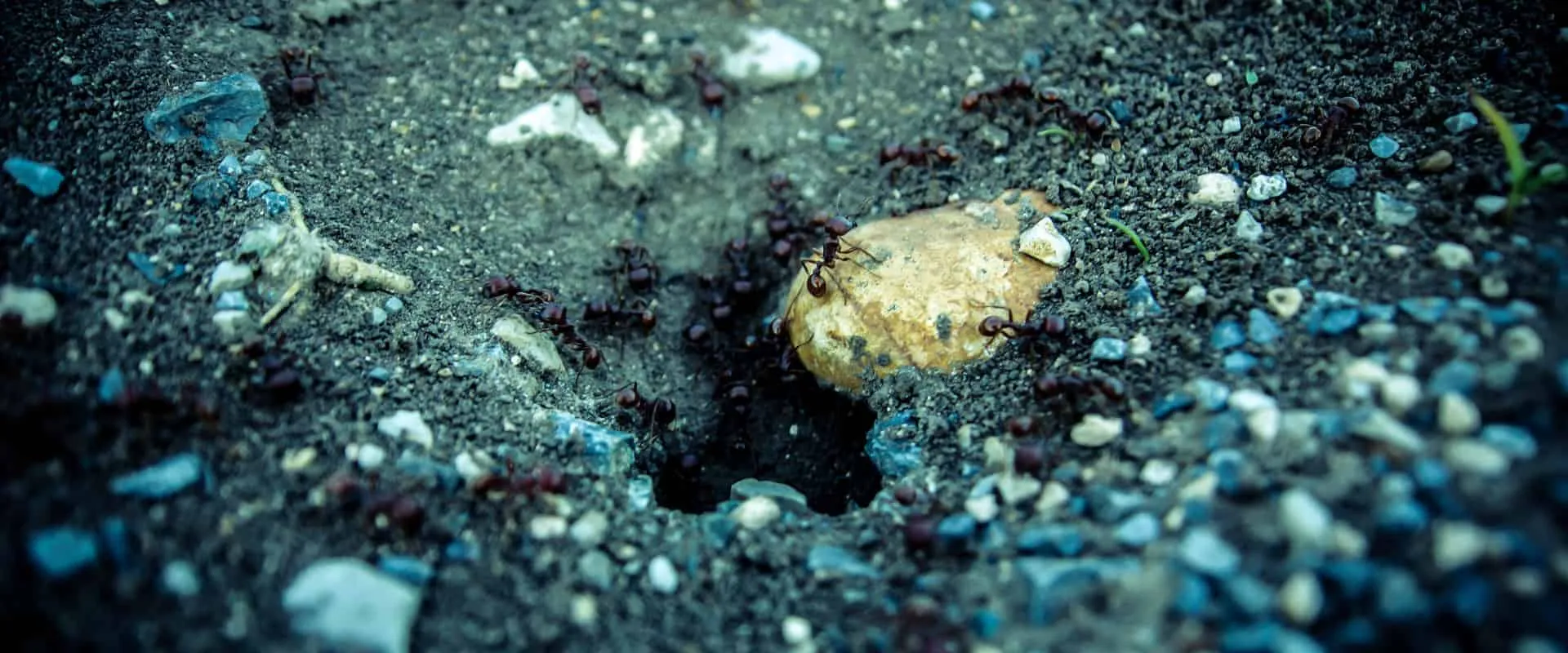
Preventative measures are essential for keeping ants out of your tarantula’s enclosure in the first place. The goal is to make the enclosure as unattractive as possible to ants, minimizing the risk of an infestation. Implementing these preventative strategies will help keep your tarantula safe and healthy. Careful attention to detail and consistency are the cornerstones of effective prevention. Building these strategies into your routine tarantula care can greatly reduce the likelihood of ant problems. Taking a proactive approach, rather than a reactive one, is always the best way to protect your tarantula. It will save time and stress in the long run, keeping your tarantula thriving.
Maintaining a Clean Enclosure
One of the most important preventative measures is maintaining a clean enclosure. Ants are attracted to food scraps and other organic debris. Regularly remove any uneaten food, molted exoskeletons, or dead insects. Clean the enclosure thoroughly at least once a week, using a mild disinfectant safe for tarantulas. Regularly check the substrate for any signs of food or waste and remove it immediately. A clean environment will deter ants. A clean enclosure removes the attractants, making it much less likely that ants will be drawn to the tarantula’s habitat. Implementing this basic step in tarantula care is important and is a foundational aspect of ant prevention.
Using Natural Repellents
Using natural repellents can also help keep ants away. There are several natural substances that ants dislike. These repellents can be used around the enclosure to create a barrier. Essential oils, such as peppermint or clove oil, can be diluted with water and sprayed around the enclosure. Diatomaceous earth, a fine powder made from fossilized algae, can be sprinkled around the enclosure. Make sure these repellents are safe for tarantulas. It is vital to apply these repellents carefully, ensuring that they do not come into direct contact with the tarantula. Utilizing natural repellents effectively complements the other preventative measures and helps to create an ant-free environment.
Emergency Response
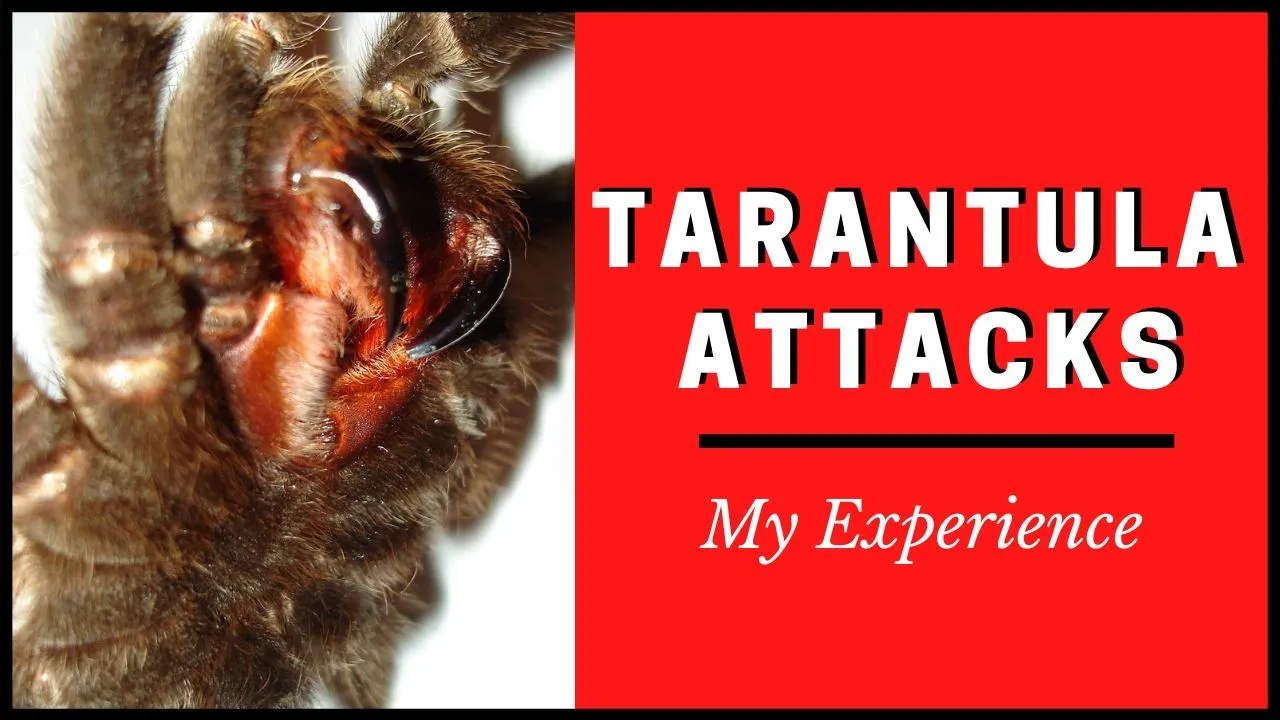
Despite your best efforts, ants may occasionally find their way into your tarantula’s enclosure. In such situations, swift and decisive action is essential to minimize the risk of harm to your pet. Proper emergency response involves removing the ants quickly and safely. These steps can prevent further damage and ensure the tarantula’s safety. Knowing what to do when you discover ants is crucial for protecting your tarantula. Being prepared and taking immediate action can save your pet from serious injury.
Removing Ants Quickly and Safely
If you find ants in your tarantula’s enclosure, act immediately to remove them. Use a safe method that won’t harm the tarantula. One option is to carefully remove the tarantula from the enclosure and place it in a temporary container. Then, you can remove the substrate, clean the enclosure thoroughly, and replace the substrate with fresh material. Another option is to use a shop vacuum with a hose attachment to carefully suck up the ants. Be sure the hose attachment is not close enough to injure the tarantula. Avoid using insecticides. Quick action is paramount for minimizing the risk of harm to the tarantula. Taking the appropriate steps is vital to preventing further problems.
Seeking Veterinary Assistance
In cases of severe ant infestations or if your tarantula shows signs of distress or injury, it’s crucial to seek veterinary assistance. A veterinarian with experience in exotic animals can provide the appropriate care and treatment. They can assess the extent of any injuries and recommend appropriate medical interventions. The veterinarian can also provide guidance on preventing future infestations. Even if your tarantula appears to be fine, it is always best to consult a professional if you are concerned. Seeking veterinary care will ensure the best outcome for your tarantula. Veterinary help is important for severe cases.
In conclusion, ants pose a significant threat to tarantulas, from direct attacks and resource competition to the spread of disease and psychological stress. Understanding these dangers and implementing effective preventative measures is crucial for responsible tarantula ownership. By maintaining a clean environment, using natural repellents, and acting swiftly in the event of an infestation, you can safeguard your tarantula from these tiny but formidable adversaries. Regular monitoring of your pet, its environment, and seeking expert advice when needed, will help you provide the best possible care and ensure a happy and healthy life for your tarantula. Protecting your tarantula from ants is not just about preventing harm; it’s about providing a thriving environment where your pet can flourish.
